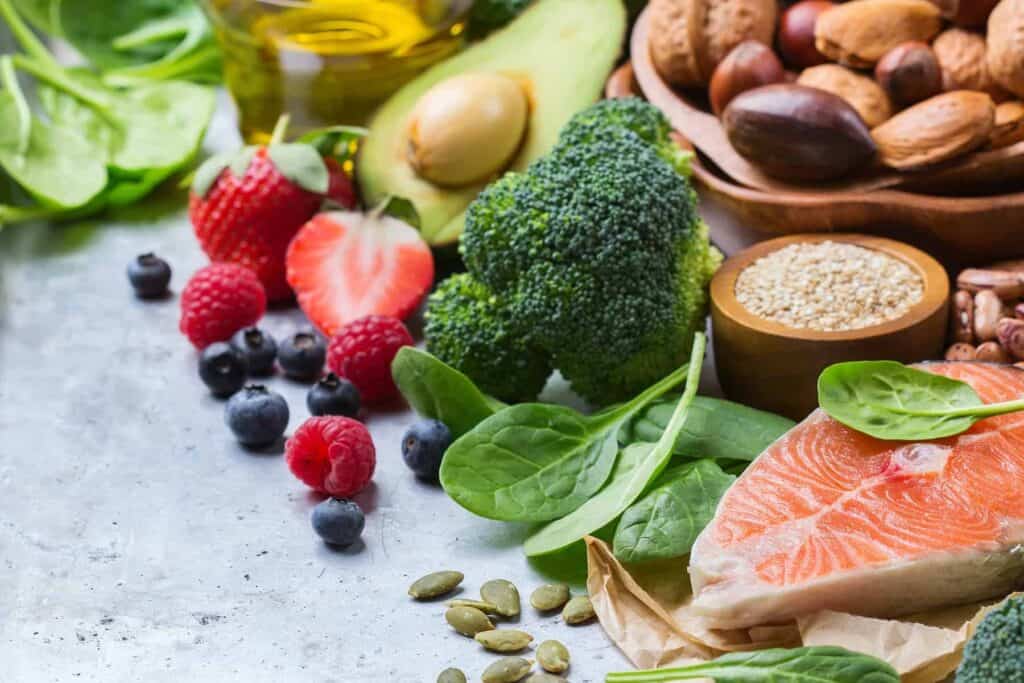
Micronutrients and macronutrients are critically important for optimized health and wellness, let's walk through what they are and why they are important.
Macronutrients
Macronutrients are the big building blocks that make up a meal. Most people are familiar with macronutrients or "counting macros" when managing body composition. The three macronutrients are fat, protein, and carbohydrate.
Fat
Fat is crucial for building cell membranes, hormones, neurotransmitters, and the protective lining of our organs. Fat provides a slow-burning energy source and facilitates absorption of fat soluble vitamins A, D, E, and K.
Fat-rich foods include: 100% Grass-Fed Animals, pastured eggs, organic coconut, cold-pressed olive oil
Protein
Protein is the building block of tissues, organs, nerves, muscles, enzymes, antibodies, hemoglobin, and peptide hormones. Protein is vital and composed of amino acids, 9 of which are essential and we cannot produce them.
Protein-rich foods include: 100% grass-fed or pastured animals, wild-caught seafood, pastured eggs
Carbohydrate
Carbohydrates provide a quick burning fuel source for the brain, feed our microbiome in the form of fiber, and (when combined with fat and protein) help us fight infections, grow new body tissue, and lubricate our joints.
Carbohydrate-rich foods include: vegetables, fruits, tubers, whole sprouted grains, soaked legumes
Micronutrients
Micronutrients are the smaller building blocks of macronutrients. Unfortunately, many times these are overlooked in favor of tracking macronutrients due to the desire to manage body weight, but micronutrients are just as, if not, more important to our health. Micronutrients are minerals and vitamins.
Minerals
Minerals act as co-factors for enzyme reactions and are critical for every system to function. We need large amounts of macro-minerals like calcium, magnesium, and sodium and smaller amounts of trace minerals like boron, selenium.
Mineral-rich foods include: Seasonal produce, nuts, seeds, grains, legumes, pastured meat, poultry, eggs
Vitamins
Vitamins act as co-factors in metabolic processes supporting tissue growth, digestion, elimination, and immune function. We see specific diseases due to deficiencies in key vitamins like scurvy without vitamin C, rickets without vitamin D, and pellagra without niacin (vitamin B3).
Vitamin-rich foods include: Seasonal produce, nuts, seeds, grains, legumes, pastured meat, poultry, eggs
Infographic
I've put together an infographic that walks through this overview of the difference between micronutrients and macronutrients and why they are important. I hope you find it helpful!

References:
Cordain, L., Miller, J. B., Eaton, S. B., Mann, N., Holt, S. H., & Speth, J. D. (2000). Plant-animal subsistence ratios and macronutrient energy estimations in worldwide hunter-gatherer diets. The American Journal of Clinical Nutrition, 682-692. Macronutrients. (n.d.). Retrieved from USDA:h^ps://www.nal.usda.gov/fnic/macronutrients
Minich, D. (2018). Vitamin and Mineral Interac4ons: The Complex Relationship of Essential Nutrients. Retrieved from deannaminich.com: http://deannaminich.com/ vitamin-and-mineral-interactions-the-complex-relationship-of-essential-nutrients/


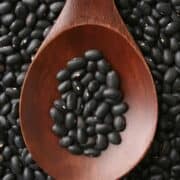

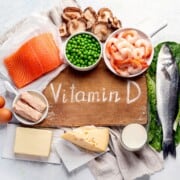



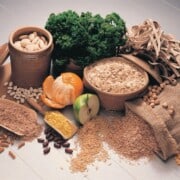

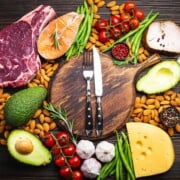








Comments
No Comments